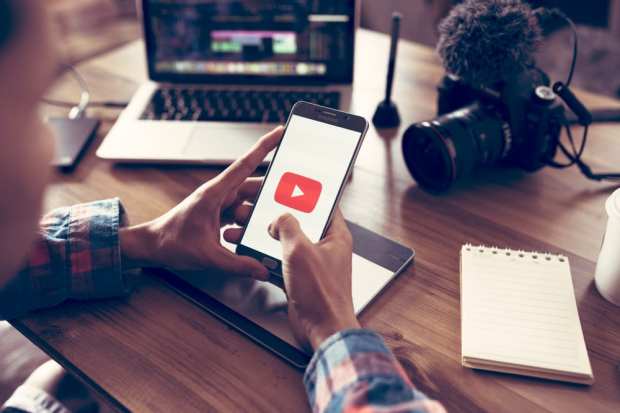Patreon: The Billion-Dollar Platform For Content Creators

In the Middle Ages, if one found that they were the creative type, drawn to designing works of art, one would have quickly also found that they needed a patron – a king, queen, lord, cleric or pope with a passion for the creation of culture, and pockets deep enough to finance heartbreaking works of staggering genius. It wasn’t the most efficient system, but it did successfully create the ceiling of the Sistine Chapel, along with the collected works of J.S. Bach and Leonardo Da Vinci, so it is fair to say the patronage system had its moments.
In the modern world, the patronage system was more of an historical remnant than anything when musician Jack Conte asked himself six years ago if there was a way for musicians, podcasters and other creatives to get paid more often – and more handsomely – by appealing directly to their fans themselves.
After pouring loads of time and treasure into creating a YouTube video for his band, only to net less than $200 in YouTube advertising revenue, Conte was inspired to co-found Patreon to create that kind of direct reimbursement platform.
“I looked at my fans who were freaking out, they loved it, they loved this video, it was the best thing I ever made,” Conte said. “I went crazy on this video. And I just didn’t buy it. I didn’t buy that it was only worth $160. It felt like the equation was broken.”
Patreon, founded in 2013, was Conte’s attempt to balance that equation, by creating a payment platform that made it easy for fans to chip in to support podcasters, writers, artists and other creatives. Fans can either give one-off gifts or subscribe to donate regularly.
In the six years they’ve been in business, Patreon has attracted more than a fair amount of interest. This week, it announced that its user base is now over three million, and that the firm is on course to surpass $1 billion in total contributions paid out to creators by the end of this year. And that growth has been exponential, since over half of that billion will be paid out in 2019 alone.
That billion donated is impressive, given that Patreon donations are generally pretty small. The average patron gives $12 per month to the artist or artists they’re passionate about, according to the company’s internal figures – and monthly donations of $10, $5 or even $1 per patron are fairly common. And while there are a few runaway success stories of people bringing in tens of thousands of dollars a month through the platform, the average creator brings in more modest sums, usually in the hundreds of dollars.
And the platform has hit some bumps as it has tried to grow and scale, particularly in the last year.
Shortly before Christmas in 2017, Patreon announced revisions to its payments structure that would have added a transaction fee to pledges. That policy was quickly walked back with threats of mass defections from creators, who were concerned that the fee structure would essentially do away with small pledges entirely. Conte noted that the firm spent much of 2018 considering that “kerfuffle,” and as of now has no new plans to revamp its payments system.
“I want Patreon to be a better financial engine, to pay all the creative people in the world that fill the web with all the stuff we like to read, watch, listen to and hear,” Conte told Mashable at Patreon’s creator conference, PatreCon, in December. “I think Patreon is well-positioned to be that better financial engine.”
And to improve its status as the better financial engine, Patreon has been adding features to the site that make it easier for artists to find new ways to monetize their content. The “Special Offers” feature enables creators to offer users additional benefits for committing to a higher level of patronage. Going forward, Conte noted, Patreon is also looking at expanding onto the global stage.
“Right now, Patreon’s business is skewed toward the U.S., because we’re dollars and English,” he said. “As we expand that, I think we’ll see considerable growth overseas.”
But as Patreon is eyeing the horizon, it is also facing additional competition at home. YouTube, whose payments policies once drove Conte to found Patreon, is now taking a page from his book, and has introduced its own set of membership features that also allow fans to pay creators directly. Facebook has also added functions that make it easier for fans to pay creators.
For his part, Conte isn’t overly concerned. First, because his service is growing rapidly, while Facebook’s and YouTube’s variations are still struggling to find traction.
But more importantly, he noted, the increased interest means there is a growing awareness that there is an internet full of interesting content on demand – and someone has to pay for that content to be created.
“I think it’ll just be a strong signal that we need alternative forms of monetization, other than ads, to fund the creative ecosystem.”
